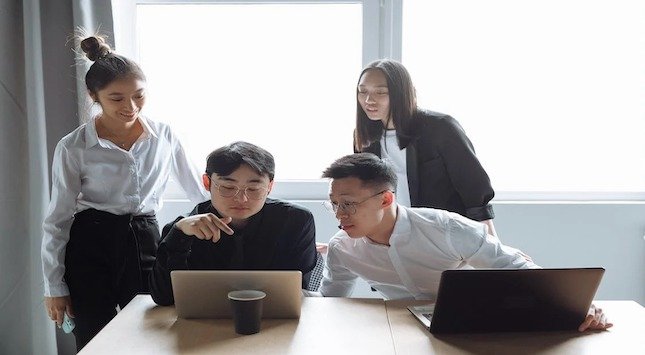There’s no denying that design and 3D modeling make a very fortunate marriage with the tech tidal wave we are currently facing. No matter whether we are talking about gaming, construction, art, or manufacturing, the modeling sector is experiencing a massive boost brought by the development of cloud tools, Machine Learning, and other popular tech fulcrums.
We would go as far as to say that all these developments and fragments of the design landscape make the job of following the ongoing trends and finding relevant patterns very hard.
But, even with this in mind, some technologies are simply more impactful than others and they make a very good starting point for exploring the rest of the industry. Well, let us take a look then at some of these heavy hitters and see where they point.
The greater reliance on VR and AR
The influence of technology on the construction sector is profound, and the way we use Virtual and Augmented Reality in this industry does give us a pretty good idea about its lightning-fast development.
Using these two novel technologies, designers are able to interact with their creations in a much more immersive and tangible manner. They are able to explore their models, tweak external factors like lighting, and get realistic renders of the virtual environment right on their headsets. This makes final products more detailed and applicable in real-life contexts.
Stronger sustainability across the board
Sustainability has become one of the most important requirements of modern society. The latest advancements in the AI and machine learning areas are going to great lengths in making this idea the backbone of the modeling sector.
Speaking in broader terms, simpler collaboration, AI assistance, and other perks are drastically reducing the environmental impact of the design process. On the other hand, robust modeling options, higher-level analytics, and stronger quality control are also affecting the sustainability of the finished products. So, we are seeing improvements across the board.
The rise of parametric design
If you’re unfamiliar with the term, parametric design is a design process in which visual elements are created and manipulated based on the algorithmic process rather than direct inputs on behalf of the users.
This allows designers to easily readjust their creations by simply tweaking some of the core parameters instead of overhauling the models manually.
So, it’s really no wonder that tools like Grasshopper parametric design software and other similar platforms are seeing a genuine surge in popularity. They make the design process incredibly flexible, intuitive, and incredibly streamlined.
Diversification of productivity-enhancing tools
By this, we are referring to all those tools that are not necessarily associated with the modeling or the design process but make both of them simpler and more efficient. This description covers a whole range of assets ranging from AI generative tools and assistants to cloud-based productivity tools, chat-bots, and even CR elements.
These things are used by brands to stay ahead in business, optimize the workflow, and even improve employee retention. So, even though they don’t impact the very design process they surely set the stage for this effort to envelop in the optimal conditions.
The widespread support for 3D printing

Calling 3D printing a novel tech wouldn’t be entirely fair – this concept has been taking root for quite some time now. But, it looks like the technology is finally reaching the maturity necessary for wider market viability.
And forces behind this modeling tech renaissance are becoming increasingly aware of this fact. So, we are seeing a greater number of products factoring in the 3D printing process, material selection tools, necessary plug-ins, etc.
This widespread support should, in turn, lend much stronger support to the idea of 3D printing. This boost should finally push the tech into the mainstream.
Stronger potential for collaboration
Even though AI is becoming an increasingly important factor in the design process, the whole affair is still governed by human stakeholders. Therefore, the success of any large-scale design project may as well depend on their ability to engage in seamless collaboration.
No matter whether we are talking about BIM platforms, AI generative tools, or VR rendering assets, all these resources are built with collaboration in mind. This versatile infrastructure opens up the doors for all types of work and collaboration models which makes the entire industry far leaner and more flexible.
We hope these couple of examples gave you a better idea about some of the most important forces shaping the contemporary modeling and design arena. Of course, it should be clear we scratched only the tip of the iceberg.
The tech is evolving too fast and offers too many design resources to be able to cover them all in a single article. But, even these most relevant examples give a very good idea about the pulse of the industry. The companies capable of keeping up with these driving forces will definitely be in a position to set the pace of the market in years to come.
By Mike Johnston






